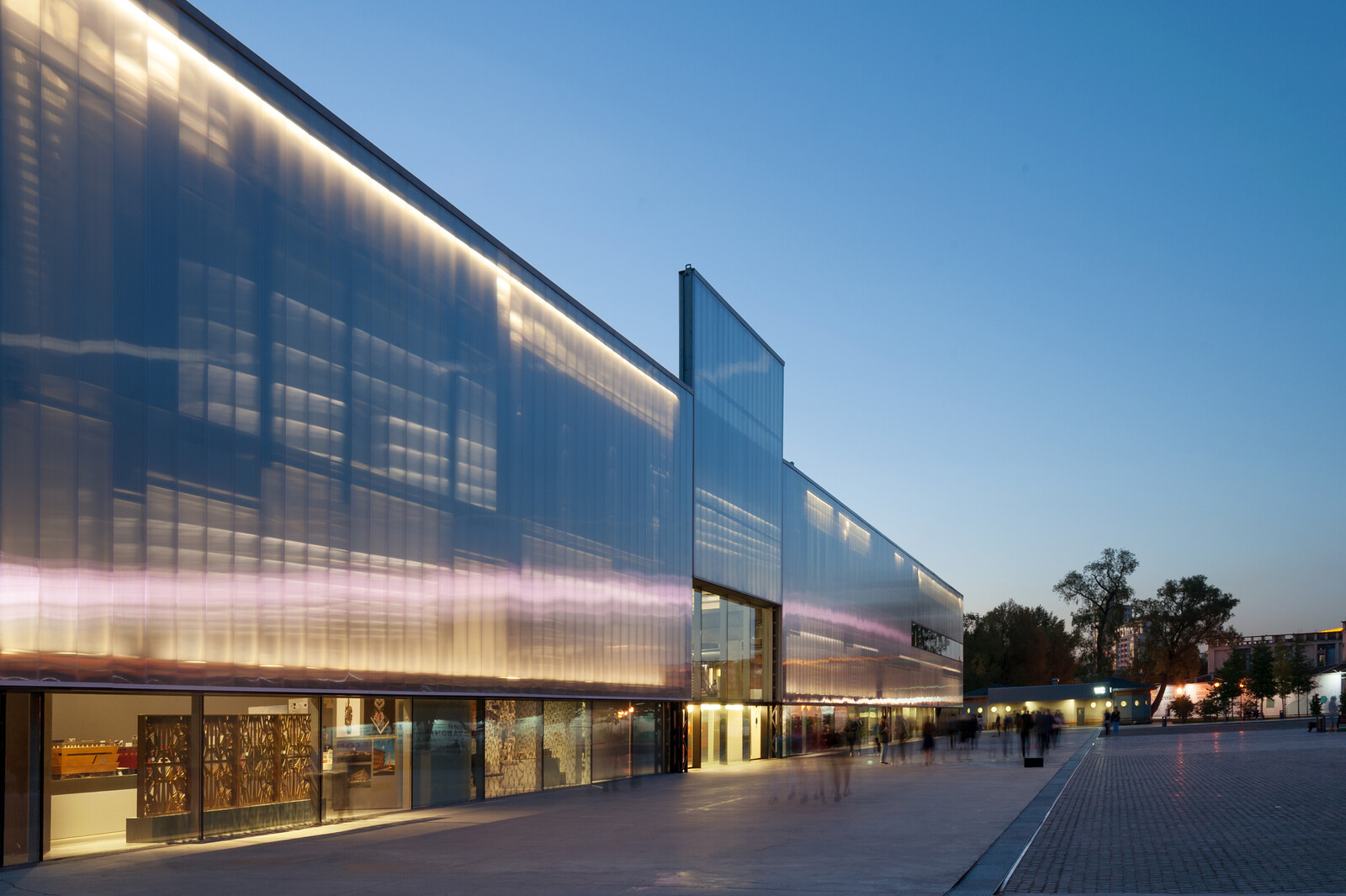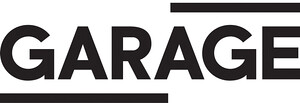David Adjaye, Congo Art Works, Kholin and Sapgir, Raymond Pettibon, and Bone Music
May 20–October 5, 2017
Gorky Park
9/32 Krymsky Val St.
119049 Moscow
Russia
Hours: Monday–Sunday 11am–10pm
T +7 495 645 05 20
pr@garagemca.org
This summer, Garage Museum of Contemporary Art presents two historic firsts, introducing the acclaimed practices of Sir David Adjaye and Raymond Pettibon to a Russian audience. Concurrently, the museum interrogates the global legacy of colonialism with Congo Art Works: Popular Painting, and unearths the history of Soviet-era underground literature and music with Kholin and Sapgir: Manuscripts and Bone Music.
Form, Heft, Material, is a mid-career survey of the world-renowned Sir David Adjaye’s work (June 7–July 30). The exhibition, organized in collaboration with Haus der Kunst in Munich and the Art Institute of Chicago, offers insight into the global architect’s unique approach, highlighting the ways he weaves local geographies and cultural legacies into his celebrated designs. Showcasing over 20 examples of his built works, including the Moscow School of Management (Skolkovo), the exhibition also provides rare access to Adjaye’s research strategies in the early stage of design development. A new initiative, Asiapolis, created in collaboration with MARCH Architecture School in Moscow, analyzes the balance of resources (from GDP and internet access to transit infrastructure and green space) in the 14 capitals of the former Soviet Republics and 12 key Russian industrial cities.
Befitting one of the key figures in the American art scene, Raymond Pettibon: The Cloud of Misreading (June 7–August 13) brings together nearly four hundred of Pettibon’s works, including ephemera and materials from his archive. Curated by Massimiliano Gioni and Gary Carrion-Murayari from the New Museum in New York, the exhibition teases out the gradual evolution of language in Pettibon’s work, from the howls of punk rock to literary prose. In addition to hundreds of drawings spanning his career, The Cloud of Misreading features never-before-exhibited fragments of text from Pettibon’s constantly growing collection of source material.
A survey of Congolese art over the last 50 years developed by the Royal Museum for Central Africa (RMCA), Tervuren in collaboration with BOZAR, Brussels, Congo Art Works: Popular Painting (May 20–August 13) tells the story of art in the Mobutu Sese Seko era and beyond. The exhibition is curated by Bambi Ceuppens of RMCA and Congolese artist Sammy Baloji, who create a web of colonial memories, personal documents, and everyday realities in which the work is suspended. Connecting this exploration of colonialism to the Russian context, Garage has developed a show-within-the-show on the art of Chukotka, a region in the Far East of the country that became part of the Soviet Union in 1920.
Kholin and Sapgir: Manuscripts (May 20–August 13) contextualizes the groundbreaking poetry of Igor Kholin (1920–99) and Genrikh Sapgir (1928–99), offering fresh insight into two pioneers of Soviet nonconformist literature. Both were members of the postwar unofficial community of artists and poets known as the Lianozovo group. Bohemians of the 1960s and ’70s, their avant-garde poetry was unpublishable until the advent of perestroika.
Opening later in the summer is Bone Music (August 14–October 5), documenting Soviet-era banned music distributed on used X-ray film. These recordings spanned everything from Western rock and jazz to Russian émigré music and popular prison and gypsy songs. Along with the original recordings on x-ray film and accompanying ephemera, visitors will hear the stories of people who made, distributed, and listened to them, immersing the audience in the thrill of the illicit, and a not-so-distant past when underground technology and human ingenuity brought disparate lives and cultures together.
Garage Museum of Contemporary Art is a place for people, art, and ideas to create history. Through an extensive program of exhibitions, events, education, research, and publishing, the institution reflects on current developments in Russian and international culture, creating opportunities for public dialogue, as well as the production of new work and ideas in Moscow. At the center of all these activities is Garage Archive Collection, which is the first archive in the country related to the development of Russian contemporary art from the 1950s through to the present.



